Chicken is a profitable bird in breeding, giving eggs, meat, feathers and down. However, its content requires care: infections spread among chickens very quickly.
Most leg diseases in chickens are caused by infection, and if it is not stopped in time, it leads to mass mortality . In less advanced cases, the bird stops rushing, becomes lethargic and loses weight.
Possible causes and signs of the disease
Chickens of all breeds and ages are susceptible to leg diseases For prevention, you need to regularly inspect the birds. In breeds with feathered paws (for example, Brahma), it is more difficult to notice a growth, bump or tumor between the fingers in time. They require special attention.
Knemidocoptosis
Other names: scabies, calcareous foot. The most likely cause of the growth. Without treatment, the disease becomes chronic. The causative agent is a scabies mite that parasitizes under the scales of the paws. The peak of its activity falls on the warm months. The incubation period lasts up to six months. The tick spends its whole life under the skin: it feeds, gnawing tunnels in its paws, hatches larvae, and dies. Then the cycle repeats. Its activity causes severe itching in birds, then pain. Their behavior changes:
- loss of appetite;
- chickens become restless;
- there is a habit of pressing one paw, squeezing and unclenching fingers;
- chickens peck their legs until they bleed;
- In the evening, chickens are difficult to drive into the chicken coop.
On examination, signs of tick damage are visible:
- scallop and catkins turn pale;
- egg production decreases;
- scaly plates on the paws thicken, covered with a dirty white coating, then peel off;
- noticeable scaly growths between the fingers, bumps on the paws;
- over time, the paws crack, purulent discharge or ichor appear;
- the anterior part of the metatarsus from round becomes sharp;
- the paw is swollen;
- in the later stages, the joints become inflamed and the fingers die.
Knemidokoptosis often manifests itself in unsanitary conditions: favorable conditions for ticks are created in the mud.
Gout
Caused by malnutrition and cellular content. With gout, the chicken accumulates salt deposits in the joints and muscles. The kidneys, intestines and liver are also affected. Symptoms:
- finger joints increase;
- appetite decreases, apathy sets in;
- bumps and purulent bags appear on the fingers;
- lameness occurs, falls when walking;
- subsequently the joint is deformed and loses its flexibility.
Other reasons
Sometimes corns are mistaken for a bump. Chickens kept in cages or rooms with too hard floors suffer from them. Calluses form on the soles due to improper distribution of the load on the paws.
Also, unwanted formations on the joints are caused by a lack of vitamins and trace elements (A, B, E, manganese and others).
It happens that the paw is simply swollen due to a bruise. If the bird is seriously injured and infected, the paw swells from purulent inflammation.
Growths on the legs of chickens: how to treat
What to do when a growth is found in a chicken:
- View all livestock.
- Isolate suspicious individuals.
- Try to find out the cause of the growth. If this is not possible, contact your veterinarian.
- Start treatment immediately.
- If the disease is advanced, send the infected bird for slaughter to prevent an epidemic.
- Disinfect all areas where birds are kept. Remove dirt. Change pad. Treat feeders, drinkers, perches and nests .
- If necessary, add antibiotics and mineral supplements to the feed.
How to treat knemidokoptosis
- Soap solution. Prepared at the rate of 50 g of soap per liter of warm water. A sick bird is immersed in a container with a solution for half an hour, making sure that the legs are completely covered with liquid. Then the paws should be lubricated with a solution of creolin (1%), birch tar or Dorogov's antiseptic (ASD-3).
- Effective folk treatment. Within three weeks, the paws are treated with slightly heated sunflower oil with the addition of grease (a spoonful of grease for 150 grams of oil). The tool blocks the access of oxygen to the ticks, and they die.
- Acaricidal preparations: Alugan (0.2%), Butox (10 ml / 1.3 l of water), Ivermectin (according to instructions), Neostomazan (0.2%; heat to 40 ° C), Neocidol (0.5%), Trichlormetaphos (0.4%), Ectomin (1%), Ectosan (0.5%). The chicken is immersed in a bath with the selected solution for 3-4 minutes. It is enough to spray the paws with neocidol and ectosan.
- Treatment of growth with Vishnevsky ointment. The legs are pre-treated with peroxide, then the medicine is applied. You can also place the paws for 1-2 minutes in an ointment heated to 40 ° C.
- Birch tar is another folk remedy. Paws are treated with tar, like an ointment. Can be combined with soapy water.
- Room processing. Acaricidal preparations (0.1%). Caustic soda (4-5%).
How to treat gout
- Soda solution (10 grams per chicken). Individuals are fed separately or baking soda is added to the drinker. The course of treatment is two weeks.
- Zinhofen (0.5 grams per chicken). It is used along with soda treatment by force-feeding. The course of treatment is 2-3 days.
- Diet change. Reduce the amount of animal protein in the feed, it is replaced with greens and grains. Give vitamin A.
- Increasing the activity of the bird, providing walking.
Corns are lubricated with petroleum jelly, and wounds and bruises with a healing ointment.
Prevention
- Compliance with sanitary standards. Maintain cleanliness and dryness in the room.
- Ensuring open range and sufficient sunlight.
- Prevention of crowding, tightness in the chicken coop.
- The use of a balanced diet. Use of quality feed.
- Maintaining newly acquired chickens in quarantine.
- Preventive checkups.
- Vaccinations against infections.
- Careful processing of the premises after the bird with growths. Periodic treatments of healthy chickens, disinfection of premises with anti-mite preparations.
Thus, the only way to cure growths and bumps on the paws of chickens is to notice them in a timely manner and begin treatment. All recommendations for the use of medicines must be followed exactly - this will cure the bird as soon as possible.
Useful video about diseases of the paws in chickens
https://youtu.be/wk4_TWdKwik

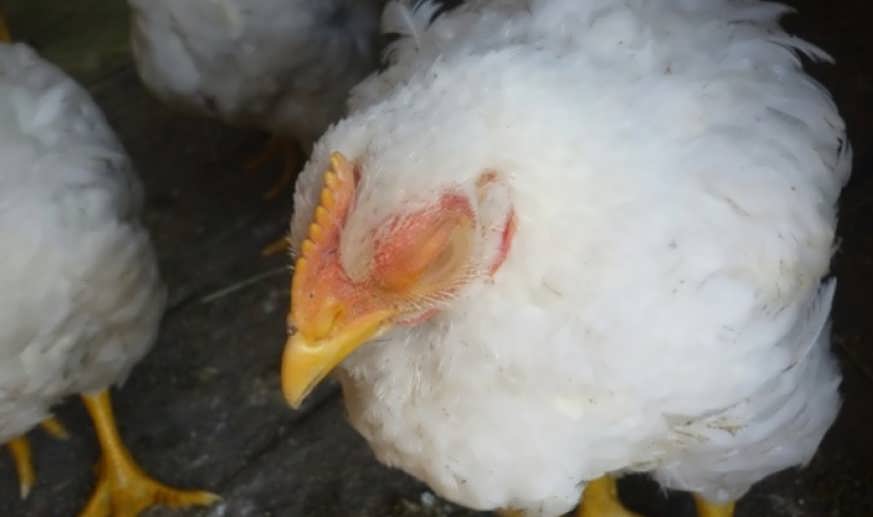
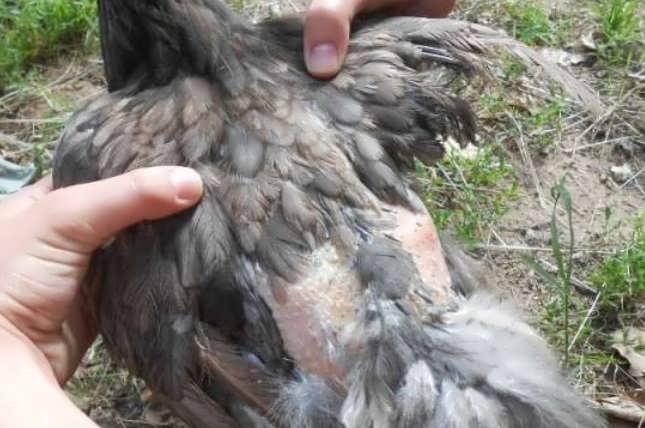
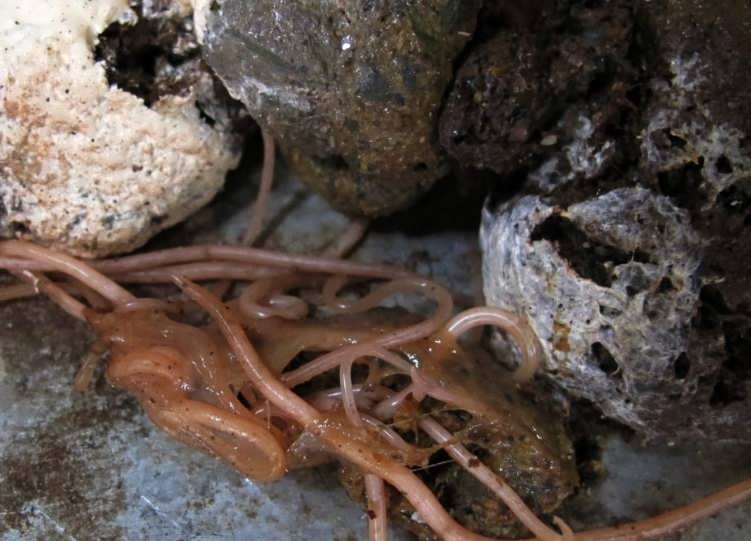
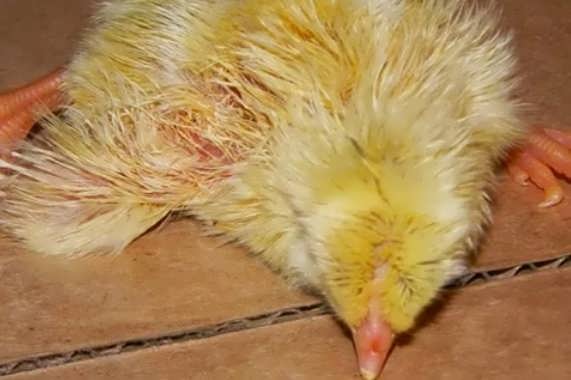
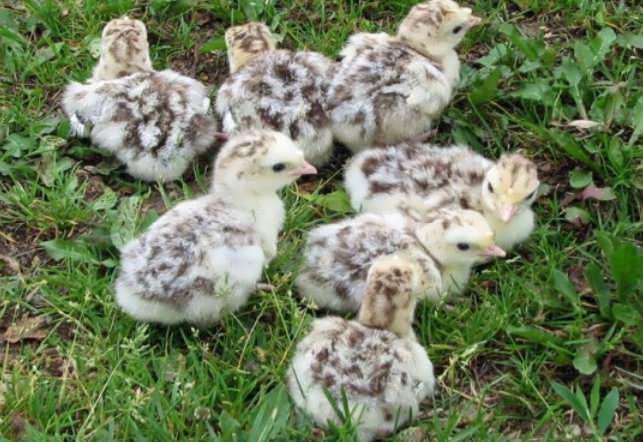
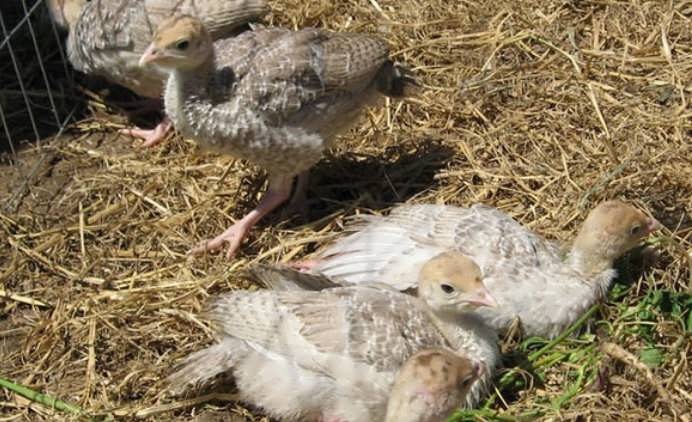
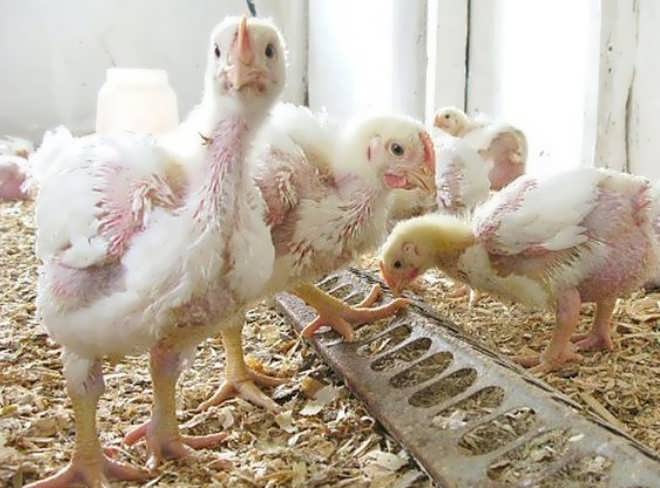
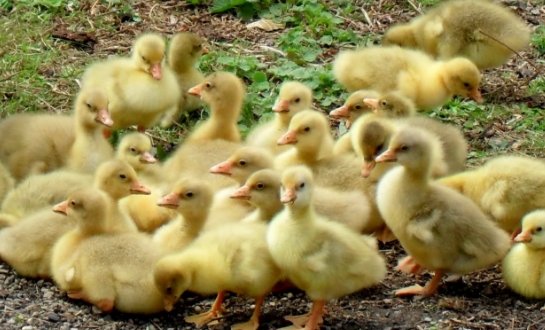
Hello. The chicken has bumps on its paws and it does not get up, tell me what to do please
Hello, the chicken's paws are swollen like balls, while she does not limp, she eats normally, and there is also swelling under the scallop. Are these ticks?
Two hens have pink bumps on their legs, one constantly presses her leg, it is difficult for her to walk. What to do, than to treat?
Hello. The scales on the legs of chickens have increased and some have burst. They are active and eat well. What to do?
WHY CHICENS STILL DONT SHED
There is a lump between the fingers of the chicken. She doesn't stand on her paw, she doesn't eat. What to do?
Hello . Chickens have bumps between their fingers what to do
In a rooster, between the fingers, the pad moves away from the body and is dark in color. The rooster cannot walk. Is sitting. How to send you a photo. I can't tell if it's from a tick or something else.
A chicken has a tumor between its fingers, what to do